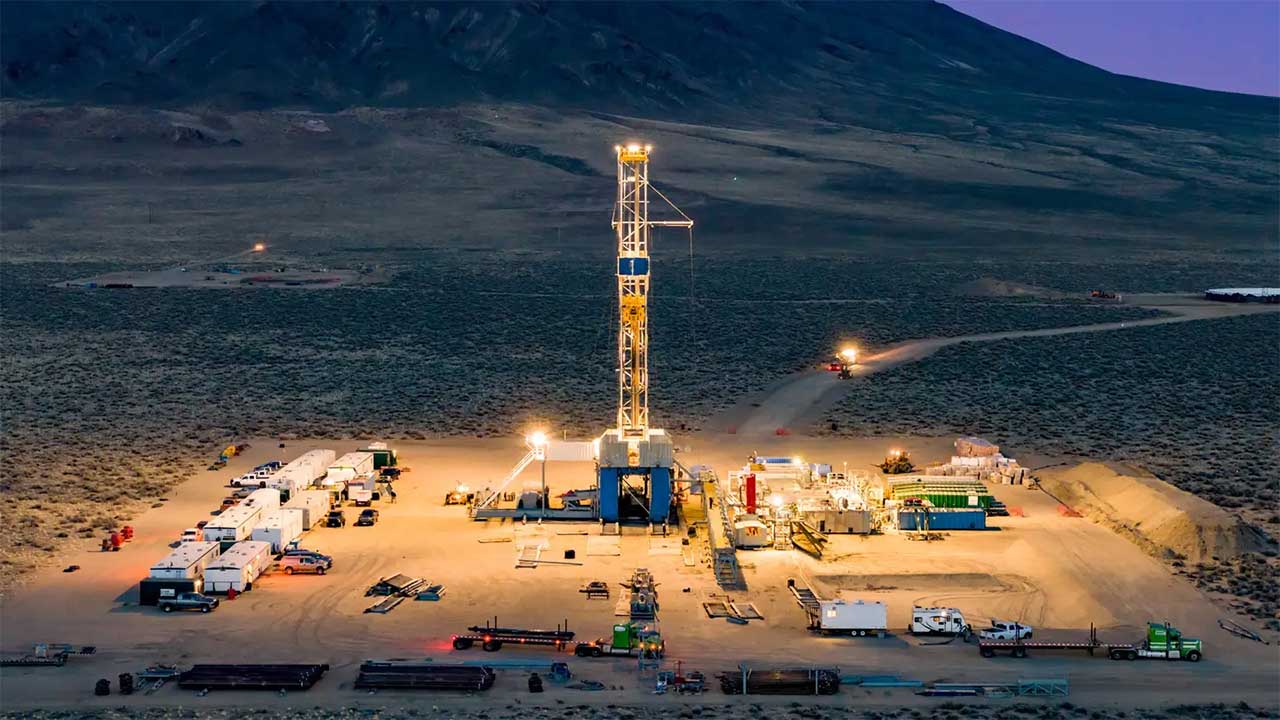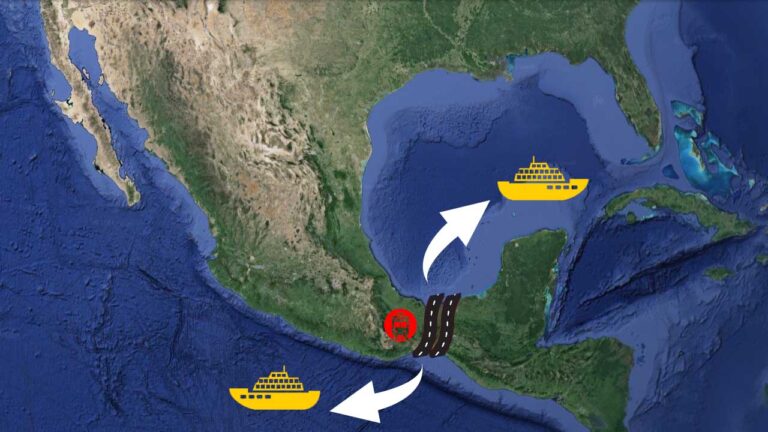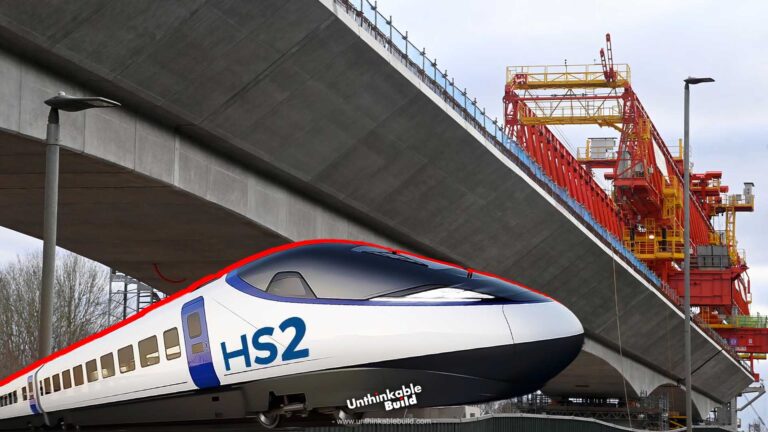Digging Deep: Inside Google’s Geothermal Power Initiative
Fossil fuels, including coal, oil, and natural gas, have long served as the cornerstone of our global energy infrastructure. Yet, compelling arguments advocate for a transition away from these traditional sources of energy.
Through the combustion process, fossil fuels emit carbon dioxide and other harmful pollutants like particulate matter, nitrogen oxides, and sulfur dioxide, contributing to air and water pollution and adverse health effects. On the other hand, adoption of clean energy sources like solar, wind and hydroelectric power not only offer promising solutions, but also enhances air quality, reduces respiratory diseases, and promotes overall public health.
In pursuit of this objective, in 2021 Google and the clean energy start-up Fervo undertook drilling operations to a depth of approximately 8,000 feet beneath the surface of the Earth in western state of Nevada. The project’s focus was not on extracting oil, but rather on harnessing a groundbreaking energy source. This source is not only environmentally friendly but also remarkably cost-effective compared to fossil fuels.
As part of its ambitious plan to operate on carbon pollution-free electricity by 2030, American technology giant Google is strategizing to integrate additional sources of clean energy into its operations. Recognizing the importance of consistent energy availability, Google views geothermal energy as a crucial component of its future electricity mix. Geothermal power is envisioned as a reliable resource capable of supplementing energy supply during periods of reduced wind and solar energy generation.
Also Read: Tsing Ma Bridge: The $1.35 Billion Bridge that Connects Two Major Islands
Geothermal energy harnesses the Earth’s internal heat to generate power through a series of intricate processes. The Earth’s interior harbors immense heat resulting from its formation and radioactive decay, which is stored within rocks, magma, and water beneath the surface. This heat is tapped into through geothermal reservoirs—pockets of hot water or steam trapped within the Earth’s crust—typically found in regions with volcanic activity, tectonic plate boundaries, or hotspots. Accessing this energy requires drilling wells deep into the Earth’s crust to reach these reservoirs.
Once reached, the hot water or steam is extracted to the surface through these wells. Geothermal power plants utilize this steam or hot water to drive turbines connected to generators, thereby converting mechanical energy into electrical energy. The generated electricity is then transmitted to the grid for distribution.
Initially, the inception of geothermal power took place in 1904 in Larderello, Italy, with the construction of the pioneering Larderello plant by Prince Piero Ginori Conti of Trevignano. This innovative facility utilized natural steam from underground hot water reservoirs to generate electricity, marking a transformative milestone in energy production and showcasing geothermal energy’s immense potential as a viable power source.
Continuing strides were made in the United States, with the drilling of the first geothermal wells dating back to 1921. These initial explorations paved the way for the development of the inaugural large-scale geothermal electricity-generating power plant at The Geysers in California. By 2019, geothermal energy globally contributed 15.4 gigawatts of electricity.
While the annual low-grade heat flow from Earth’s interior to the surface averages between 50 and 70 milliwatts per square meter worldwide, incoming solar radiation provides 342 watts per square meter annually.
In a landmark collaboration, Google and clean-energy startup Fervo embarked on an extraordinary journey in 2021, setting out to pioneer the world’s first corporate agreement aimed at developing an enhanced geothermal power project. This ambitious venture, documented in the annals of renewable energy history, sought to tap into the Earth’s crust’s consistent heat to revolutionize electricity generation without the environmental footprint associated with fossil fuels.
Now, after years of meticulous planning and groundbreaking innovation, the project stands as a beacon of sustainability, with carbon-free electricity flowing seamlessly into Nevada’s local grid that powers Google’s data centers nestled in the heart of Nevada and the Las Vegas Cloud region.
As the project unfolds, its significance becomes increasingly apparent. At its core lies a bold objective: to expedite the transition to clean energy and achieve a monumental feat — 24/7 carbon-free energy for Google’s sprawling network of data centers and office complexes. Armed with cutting-edge technology, including enhanced geothermal energy techniques developed through collaboration with the oil and gas industry, the project is a testament to human ingenuity and determination.
In the quest for sustainable energy solutions, Fervo is at the forefront, employing cutting-edge technology to unlock the potential of geothermal energy. Their approach begins with intricate geological modeling, pinpointing precise locations for drilling that promise the highest temperatures underground. This meticulous planning maximizes the potential for power generation, setting the stage for a transformative endeavor.
Also Read: Hyper Kamiokande: Japan is building Something Huge Inside a Mountain
But Fervo’s innovation doesn’t stop there. They deploy a network of fiber-optic sensors throughout their wells, forming a web of real-time data collection. These sensors act as the eyes and ears of the operation, continuously monitoring temperature, pressure, and water flow within the geothermal system. This constant stream of information is then fed into advanced analytics software, empowering Fervo’s engineers to make informed decisions and optimize energy output with unparalleled precision.
This fusion of advanced drilling techniques, real-time sensor technology, and sophisticated analytics sets Fervo apart as a trailblazer in the field of geothermal energy. But their vision extends beyond the confines of traditional energy production. Through a groundbreaking collaboration with Google, Fervo is pushing the boundaries of innovation even further.
Together, they are developing AI and machine learning solutions tailored specifically for geothermal power generation. These technologies serve as the brains behind the operation, analyzing vast amounts of real-time data to identify the most promising underground reservoirs for maximum energy extraction. Through their partnership, Google and Fervo are not only harnessing the power of geothermal energy but also driving the evolution of clean energy solutions for generations to come.
The Fervo project represents a monumental leap forward in the world of geothermal energy, showcasing its potential as a versatile, reliable, and sustainable source of power on a large scale. As the world grapples with the challenges of climate change, initiatives like this offer a beacon of hope, demonstrating that with innovation and determination, we can create a brighter, cleaner future for all.
Google recently unveiled a notable partnership with Project InnerSpace, a non-profit organization committed to advancing the global development of geothermal energy platforms. This collaboration aims to expedite the widespread adoption of geothermal energy, marking a significant step towards a more sustainable future.
Over the years, Google has embarked on a journey of innovation and sustainability, leading the charge towards a cleaner, greener future. From their early endeavors in 2010 to their latest initiatives, Google has consistently demonstrated a steadfast commitment to harnessing the power of renewable resources.
Through a series of groundbreaking projects, Google has made significant strides in promoting clean energy on a global scale. Their portfolio boasts over 60 clean energy projects spanning the globe, with a combined capacity surpassing 7 gigawatts—an impressive feat equivalent to approximately 20 million solar panels. By actively purchasing renewable energy, Google has not only reduced their environmental footprint but has also paved the way for a more sustainable energy landscape.
But Google’s commitment to clean energy extends beyond mere rhetoric. With substantial investments in renewable energy projects exceeding $3.5 billion worldwide, Google has emerged as a trailblazer in the field. Their renewable energy contracts have not only spurred capital investment but have also positioned Google as the largest corporate purchaser of renewable energy globally.
In their quest for sustainability, Google has left no stone unturned. From supporting renewable energy projects in key manufacturing regions to expanding their renewable energy portfolio by over 40%, Google’s efforts are reshaping the energy landscape for generations to come. Their partnership with EDP Renewables has led to the creation of Community Investment Funds aimed at driving long-term energy efficiency and supporting clean energy transition in select regions.
As the world grapples with the challenges of climate change, Google’s commitment to renewable energy and sustainability serves as a beacon of hope. Through innovation, investment, and unwavering dedication, Google continues to lead the charge towards a brighter, more sustainable future for all.
In a rapidly industrializing world, environmental pollution has escalated, underscoring the urgent need for remedial action. It falls upon not only governments but every individual to contribute to the restoration of our natural environment. If you resonate with this sentiment, we encourage you to share your thoughts in the comments section below. Don’t forget to like the video and share it with your loved ones, spreading awareness and fostering collective action for a cleaner, healthier planet.







